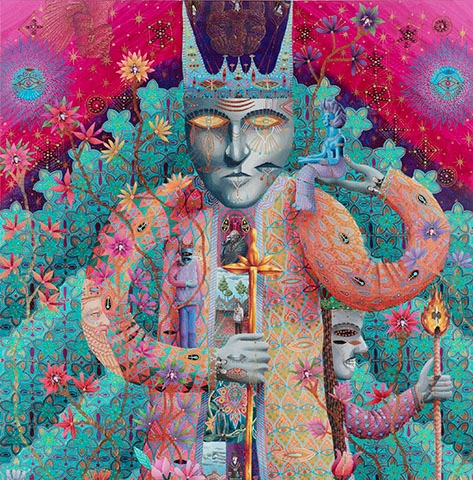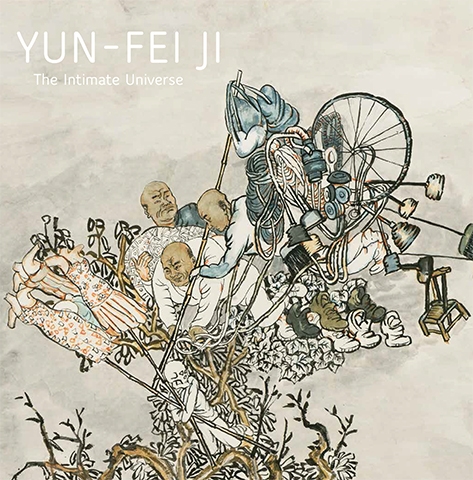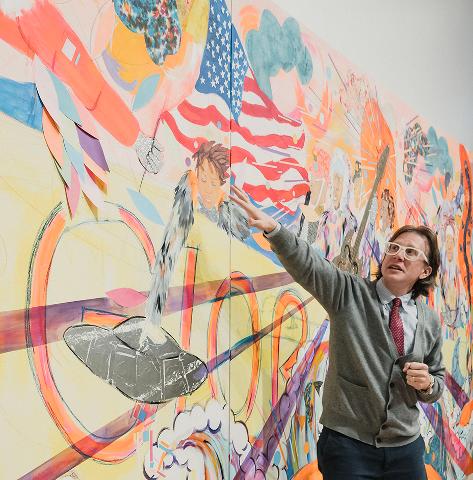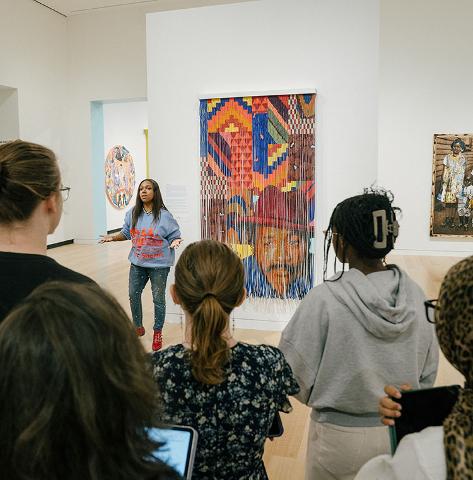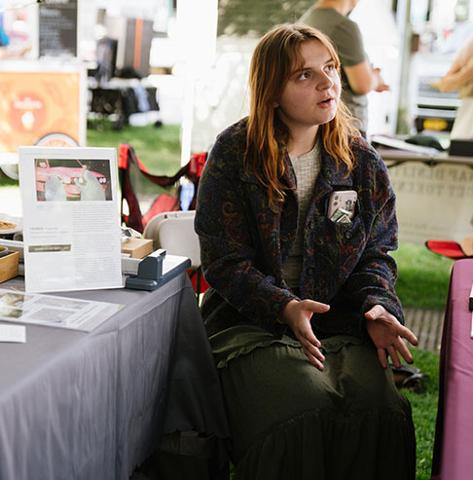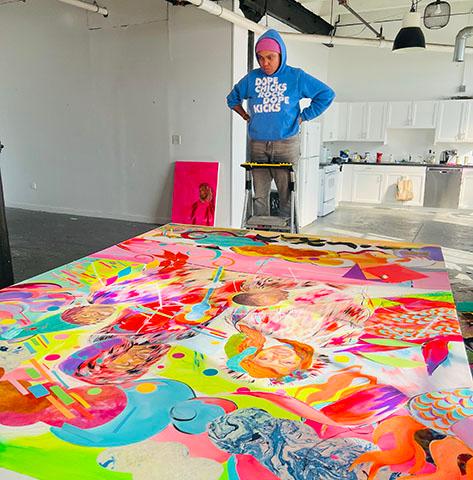Janelle Rodriguez
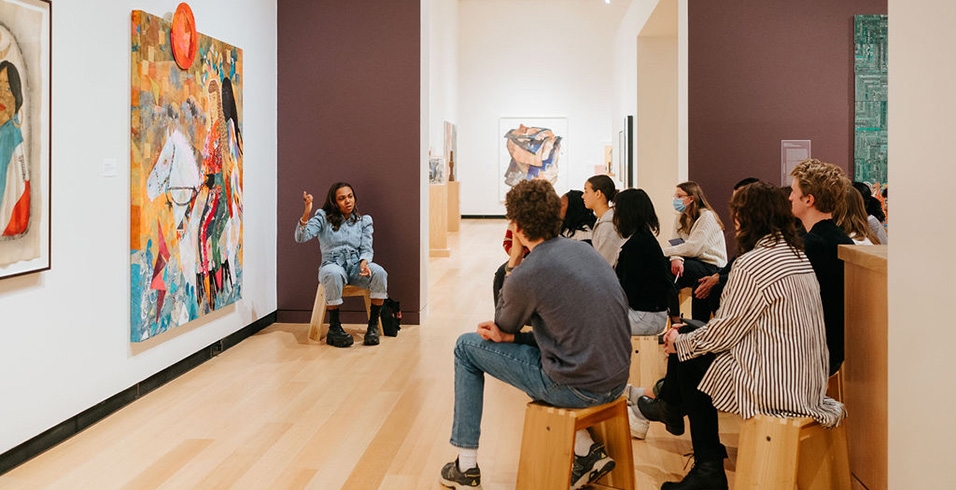
Wednesday, April 26, 2023
This spring the museum hosted two incredible visiting artists—Jamea Richmond-Edwards and Donté K. Hayes—that each has work on view in the current exhibition Dialogues Across Disciplines: Building a Teaching Collection at the Wellin Museum. Each artist spent a week, respectively, on campus giving lectures, guiding workshops, facilitating classroom dialogues, and visiting the studios of fine arts majors. These programming weeks are jam-packed full of conversations, presentations, shared meals, knowledge exchange, and plenty of ideation and inspiration. This is all part of the necessary work of being a professional artist, though it is not often talked about. It is impactful and meaningful work and it cannot be understated that it is also hard work.
I was reminded of all of this in the weeks after Jamea, and then Donté, left campus and a steady stream of emails came into my inbox from professors thanking me for the class visits with these two artists. Being that we are a teaching museum for an interdisciplinary, liberal arts campus, these class visits stretched beyond the art and art history departments, ultimately involving collaborations with Africana Studies, Literature, Sociology, and Women’s and Gender Studies too. Despite the wide variety of disciplines that we worked with, a consistent chorus we heard from faculty was their appreciation not merely for the fact that our artists were able to facilitate meaningful instruction for their respective courses, but how each artist did so. In many cases, both Donté K. Hayes and Jamea Richmond-Edwards were able to create dynamic classroom conversations simply because they felt comfortable bringing their authentic selves to the proceedings. The compassion and empathy they showed our students helped create a safe space for intellectual curiosity and meaningful debate within the context of a classroom, gallery, or studio. Each artist, already well- versed in the role of an educator, knew that they wanted to solicit honest opinions from students during these visits, and in order to create the atmosphere suitable for anyone to voice a personal response, both Jamea and Donté offered honest, candid thoughts about the twists and turns of their own careers, their personal inspirations and artistic sources, and at times even their own lived experiences. In turn, each set of students seemed to feel comfortable diving into discussions of complex topics with them, especially around issues related to cultural identities, societal values, and artistic practices. In some classrooms Jamea and Donté were able to hold space for individuals’ emotions. In other spaces they simply turned on a playlist of their favorite music during instruction and made the group feel relaxed and comfortable hanging out and expressing themselves.
Several students continued the conversations with these artists through informal chats after a class period, or additional coffee meetings they organized with the artist on campus, or over email and social media. When I was a part of these conversations, it became obvious that the students reciprocated the care, honesty, and vulnerability shown to them by these two artists. Witnessing these interactions reinforced for me the special nature of our work at the Wellin Museum. I remember as a young art student I was not often given the opportunity to interact with and learn from a practicing, professional artist. I know that the Wellin’s visiting artists can provide valuable advice and guidance for the art/art history students at Hamilton College. But it is equally exciting to see the ways in which our artists can also provide inspiration and encouragement to students in other, very different disciplines.
It is difficult perhaps to accurately quantify or succinctly describe the overall impact of having exhibiting artists participate in programming weeks at Hamilton, but I can at least state that these exchanges do not feel transactional. By the time these visits occur we have often been working with an artist already for months if not years. They come to campus numerous times to tour facilities and meet with faculty and staff before their programming week. And thus, when it is time to interface with students and offer public events, Hamilton already feels like a comfortable and familiar place to them, and those feelings are then directly translated into their interactions with the rest of the campus community. As much as I hope that the Wellin Museum’s visiting artists offer valuable information and inspiration to our students, it is equally my hope that Hamilton College becomes a place where artists feel they can be themselves.


